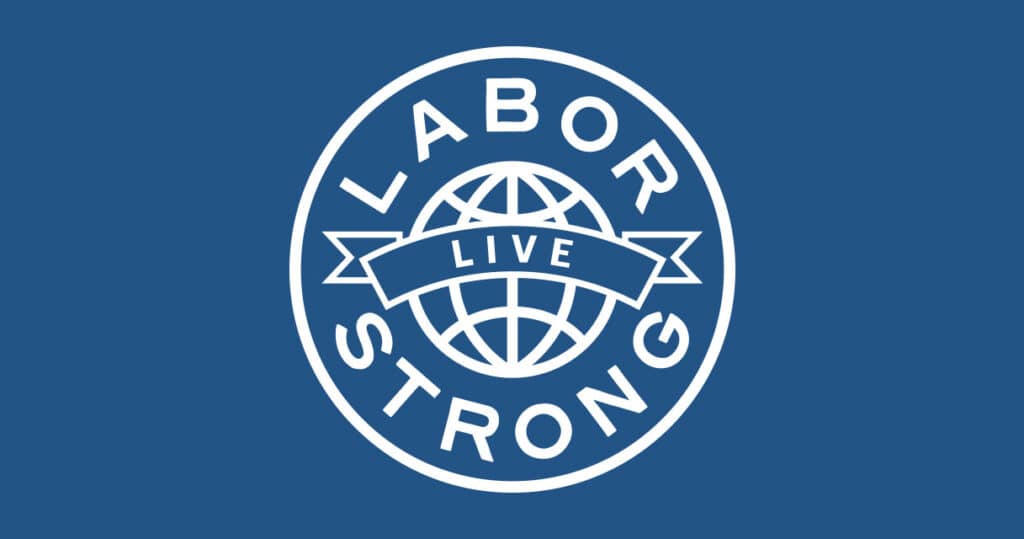Why more companies are switching to self-funded health plans
As healthcare costs continue to spiral out of control, employers are increasingly looking to self-fund their employee healthcare benefits.
With fully insured health plans, you pay a monthly premium to a health insurance company. Once the insurance company wins your business, it’s not unusual to be hit with a double-digit premium rate increase the following year. That explains why employers shop around for a new health insurer every three years, on average.
Self-funded health plans are not health insurance. You don’t pay premiums to an insurance company, and you don’t submit your claims to them. Rather, you set aside a certain amount for funding your employees’ healthcare claims. And you purchase stop-loss insurance to cover unanticipated high claims costs. Typically you would use a third party administrator (TPA) to manage your claims and advise you on your health plan.
5 advantages of self-funding over fully insured health plans:
1. Full transparency
Self-funded groups can access IT tools and services that make it easy to analyze claims data. Having a direct window into the claims you are funding guides you to timely and targeted decisions that can improve your members’ health and well-being and control costs.
2. Cost savings
Self-funded benefit plans reduce your premium tax, immediately saving you 2-3% on the cost of the plan. Self-funded plans are subject only to the federal Employee Retirement and Income Security Act (ERISA) so there are no state mandate costs. Your TPA will negotiate fees with providers, and will arrive at reasonable reimbursements for services that offer significant savings over an employer’s typical fully insured plan. TPAs will also audit bills and implement other cost-saving programs. For example, MagnaCare’s innovative Redirection of Care programs find more convenient, lower cost, high-quality sites of service for your health plan member to receive the care they need.
3. Flexibility over covered services
Fully insured groups are subject to the insurer’s discretion and their specific population’s needs may not be met. In contrast, self-insured employers have the authority at any time to make informed changes to their covered services to ensure their population receives the care they need. This capability has proved especially helpful in times of change or economic downturn.
4. Better control over finances
With a fully insured plan, you pay the full premium regardless of actual claims. If claims don’t materialize, you don’t receive a refund. But with self-funded plans, you pay only for services received by your employees. And when eligible medical claims for a plan year do not exceed a predetermined limit, the plan keeps those dollars and they can be used to offset the following year’s expenses or reduce contribution levels.
5. Easier administration and lower operational costs
Your TPA approves or renegotiates claims, decides appeals, and handles other time-consuming administrative tasks. Overall administrative costs for a self-funded program handled by a professional TPA such as MagnaCare are usually lower than costs charged by the insurance carrier.
Contact us to see how much your company can save by self-funding your healthcare benefits. We’ll design a plan tailored to your employees’ needs. Our team of healthcare actuaries will work with you to help you determine the level of coverage you require, based on your historical claims data.
MagnaCare Blogs

What to Expect from the Minimum Essential Coverage (MEC) Application Process
Finding a healthcare plan for your company isn’t…
Information on Change Healthcare Cybersecurity Incident
As widely reported in the media, Change Healthcare…

